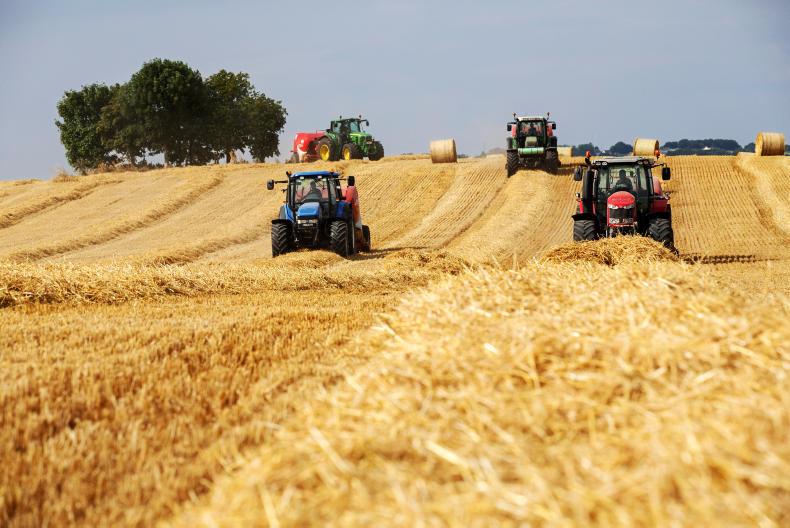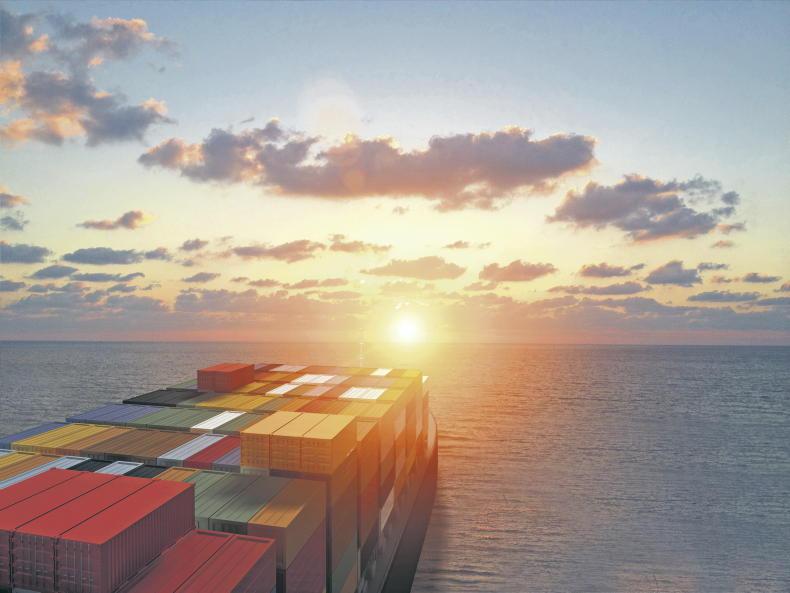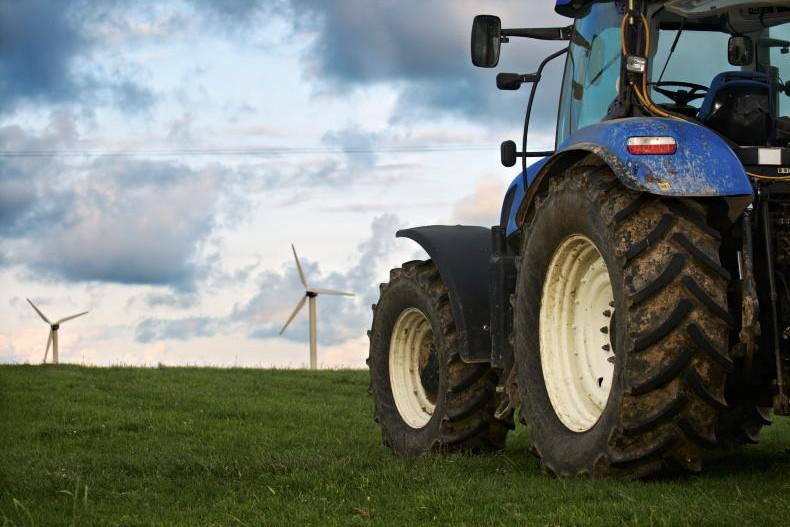With harvesting now underway in many parts of the country, the focus is on yields and prices for grain and straw. Last week’s straw prices in this paper did not reflect the market, and whether or not these become a reality is up to growers themselves. Until now, all business on straw sales had been done at €20/4x4 bale, and even higher in areas that are always stronger on price.
Grain prices look as if they are heading from €200/t last year to south of €150/t. That’s a drop of at least 25% for our primary output. While last year’s price was strong, any price drop kills profitability.
While there is little that anyone can do about grain prices, straw prices are firmly in the hands of growers. It’s a simple matter of supply and demand, and while regular and dependable customers should always be valued, there are certain realities that must be considered.
There is always a level of fluctuation in cereal area from year to year. Some of this is because of an internal swing to non-cereal crops, but in recent years the swing has been external, as land (rented and owned) left tillage to go back in to grass. Historic area increases frequently followed price spikes, as a result of additional land rented for tillage and other enterprises putting some land into grain.
These area fluctuations also influence straw production. While there is a small area of straw incorporated most years, this did not happen when there was a genuine need for fodder. Straw yields, like grain, will also vary somewhat from year to year, and it is important for growers to realise that straw has a value within the field gate just as it does outside it.
Since 2012 the cereal area in the Republic has decreased from 314,500ha to 261,000ha in 2018, a drop of 53,500ha. While straw yield will fluctuate, it is reasonable to suggest that an average straw yield across this area of 25 4x4 round bale equivalents per hectare. This leaves over 1.3 million bales that are no longer produced.
Assuming this year’s area of barley, wheat and oats is similar to last year’s, we will have 261,000 x 25 or almost 6.5 million bales equivalent. This figure in 2012 (if the straw had been baled) was about 8 million bales.
During this period livestock numbers have increased while straw availability decreased. A reasonable proportion of our straw now goes to Northern Ireland. Overall supply is limited relative to demand, even though supply seems likely to be higher than in 2018. Last year’s straw output was closer to 17 bales per hectare or about 2 million bales lower.
Incorporation for soil improvement
Supply is controlled by a combination of cereal area, straw yield and the decisions to sell or chop. Chopping and incorporating straw, especially on the turning headlands, is a very valuable exercise in tillage fields. Incorporating straw, or any other form of organic matter, is also a very useful way to engage in carbon sequestration, or improving soil organic matter, which leads to a higher yield potential.
While there are many ways this can be done, one should consider rotational straw incorporation when the incorporation value is higher than the selling value. While incorporation value is not an exact science, a value of €60/ac or €150/ha should be regarded as the minimum, to justify selling and many would see this value as closer to €100/ac.
About half this value relates directly to its content of nutrients, and the remaining value comes from the enhancement of soil biology (earthworms in particular), the risks associated with not getting straw baled and having it left in the way of planting the succeeding crop; winter crops in particular. Improving soil structure through organic matter incorporation also leads to decreased fuel requirement, and this is an ongoing benefit.
A minimum straw value of €60/ac on a 10 bale/ac crops equates to €6/bale for the straw value. And with baling costing between €3.50 and €5/bale, this is a minimum price of €10-€11/bale. It won’t be an issue this year, but a level of incorporation might be considered to remove any apparent surplus from the market. While there is a cost involved in chopping and incorporation (diesel plus no income), there is a direct benefit to that field and it shows that growers value their straw.
After these decisions are made, the market will decide on where prices will settle.










SHARING OPTIONS